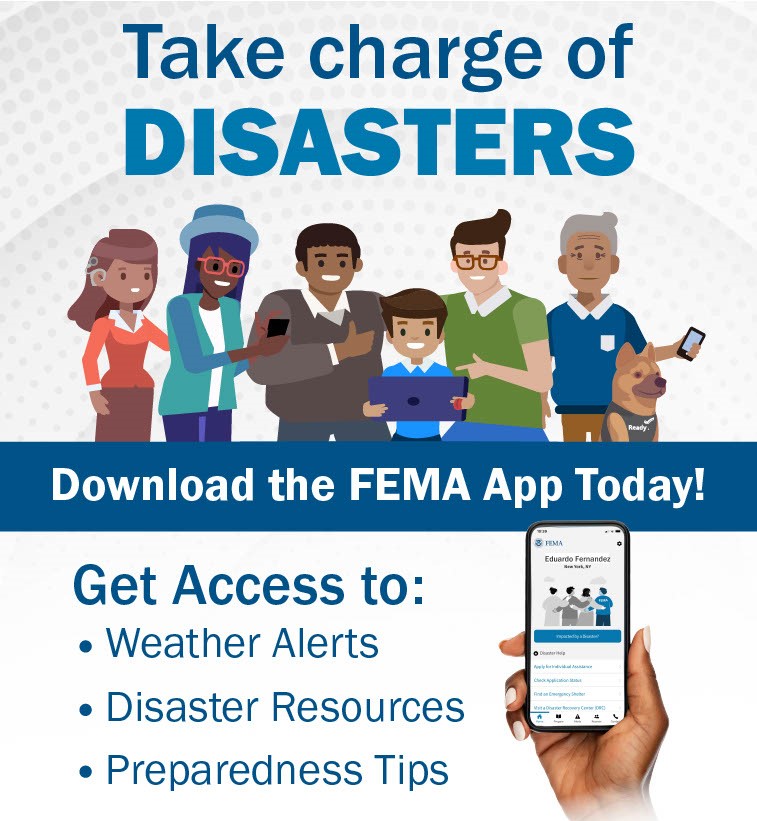Climate and Disasters: Taking Action Helps Address Anxiety
As we head toward the peaks of the hurricane and wildfire seasons, disasters and their impacts are in the news and on people’s minds. Almost three in 10 Americans are worried about being personally impacted by a natural disaster, according to a recent APA poll.
A disaster can refer to any large-scale event that overwhelms a community’s ability to cope, including natural (such as storms, floods, fires, droughts, heat waves), manmade (such as a mass shooting), or combination (like the pandemic). While disasters can affect everyone, some people are especially vulnerable to impacts; disasters expose existing disparities and often make them worse. At a presentation at APA’s Annual Meeting in May, Linda Chokroverty, M.D., assistant clinical professor of psychiatry at Montefiore Health Systems, Bronx, New York, identified several particularly vulnerable groups of children and youth, such as those of first responders and essential workers, those from economically disadvantaged families, those with pre-existing mental health conditions or prior traumatic/disaster experiences, migrants and refugees, those with disabilities, and children from racial/ethnic diverse families.
While concern about potential disasters can be daunting, many factors influence how people respond to disasters and people can take steps to prepare and to build resilience. Chokroverty noted some of the factors that can influence the trauma response of children and youth, including age and developmental level, the extent of exposure, presence or absence of a support system, self-regulation skills, and parental/caregiver coping. Some individual characteristics are inherent, others are learned or developed.
Resilience is the ability to bend but not break after an event or disaster. Family characteristics of resilience include attitudes that facilitate coping and adaptive problem-solving, an effort to maintain routines and rituals (with flexibility), and effective communications about information and feelings.
Climate Change and Childrens’ Mental Health
Also presenting at the APA Annual Meeting, Lisa Fortuna, M.D., M.P.H., professor and vice-chair of psychiatry at UCSF, addressed the health and mental health impacts of climate change, focusing particularly on the impacts on and actions of young people. Climate change is contributing to increases in the number and intensity of natural disasters. In regard to climate change, the energy and contributions of young people are too seldom utilized, Fortuna noted. She suggested mental health professionals should not only think about treating any anxiety or depression related to concerns about climate change and disasters, but to consider tapping into the desire to do something.
Helping young people to find constructive and productive ways to take action can help alleviate anxiety. Collaborative actions also help build support and connection for youth and for adults—so people don’t feel as alone in their sense of urgency. Leaning into practices that bring communities together and engage young people in action and activism can contribute to addressing the larger issue while also addressing mental health concerns, Fortuna noted.
Resources to Help Prepare for and Respond to Disasters

National Child Traumatic Stress Network (NCTSN)
Federal Emergency Management Agency (FEMA)
- Ready.gov - educating and empowering people to prepare for, respond to and mitigate emergencies
- Resources for kids, teens and families
- FEMA App: Take Charge of Disasters. Download today on iOS or Android.
